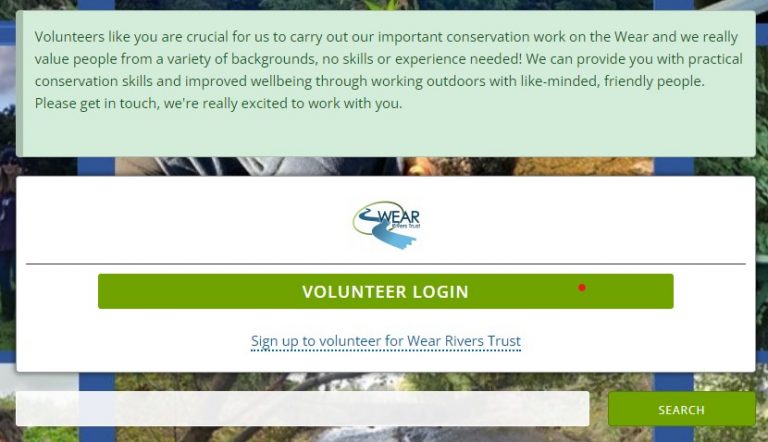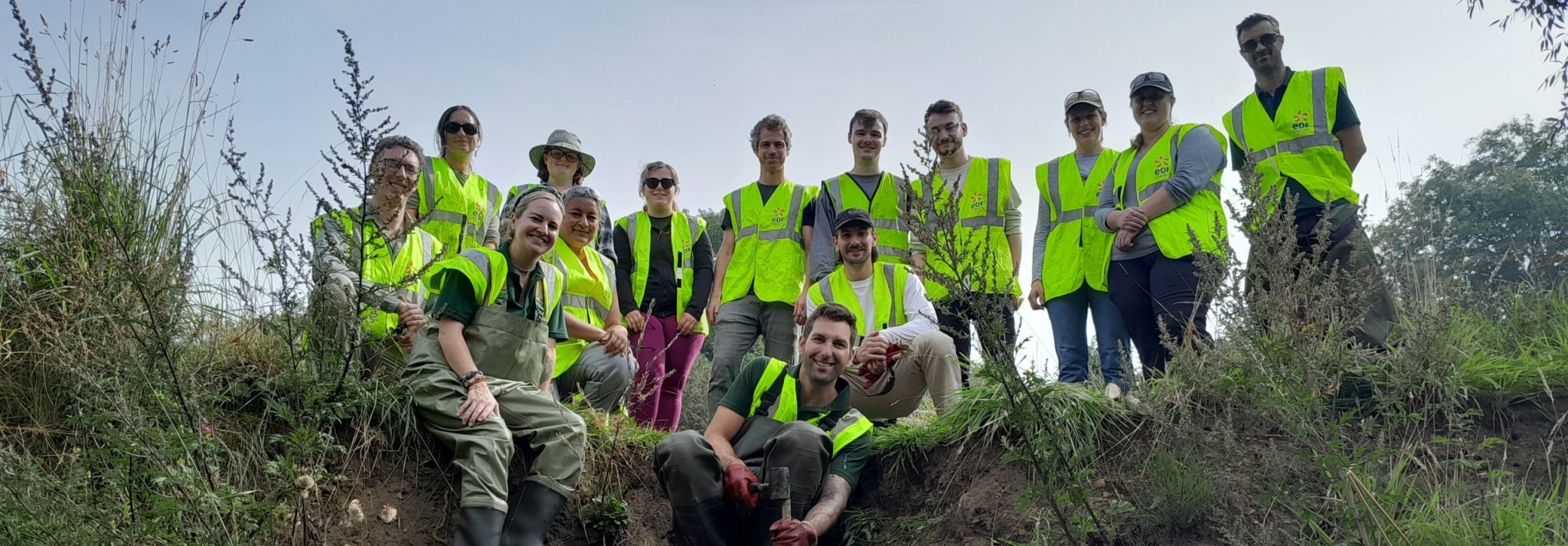
GET INVOLVED - VOLUNTEER WITH US
Here at the Wear Rivers Trust we are making big steps to improve our volunteering provision. We strongly believe that good conservation and environmental management can only take place with local communities on board and we are constantly striving to make the Wear Catchment a better place for both people and wildlife. We also pride ourselves in supporting and nurturing the next generation of environmental managers. We want to welcome both new and existing volunteers and intend to build on work done in previous years to create a strong community where individual satisfaction, wellbeing, inclusivity and development will be top priorities for all of our volunteers.
As a way of making volunteering opportunities easier to access we have set up a new online platform called Team Kinetic, which is already used by our partners including Durham County Council, Durham Wildlife Trust and Durham University. This will allow us to engage in a joined up, community approach to local conservation. Team Kinetic is a simple system that allows people to view and sign up for voluntary sessions and has some extra perks like logging your hours, working towards achievement badges and connecting with people in your local community. We’ll be using Team Kinetic for all of our volunteering activities going forward to please register by clicking here. We understand that some people may need extra support with online systems and may not have regular access to a computer or smartphone so please contact volunteering@wear-rivers-trust.org.uk if you need any extra support.
The Wear Rivers Trust could not achieve what it has, and what it aims to achieve in the future, without the assistance of its dedicated network of volunteers. Volunteers bring a diverse range of skills and experience to our organisation, helping us to deliver conservation objectives that would be unachievable without them. We offer a variety of volunteer roles for both individuals and groups. You don’t have to know anything about rivers, fish or wildlife to volunteer with us; all we ask is that you share our goal of wanting to improve and conserve the River Wear catchment.
Our volunteering opportunities include activities such as tree planting, river erosion repairs, creation of green engineering structures like leaky dams, ecological surveying such as Invasive Non Native Species (INNS) mapping and E-Fishing, and supporting our education team on delivering environmental sessions to schools within the Wear catchment.
To find out more information and to sign up to volunteer with us please register on our Team Kinetic service.
We are really looking forward to working with you!
Volunteering Opportunities

Tree planting
We work with landowners across the Wear Catchment to plant trees in riparian environments. This has multiple benefits including increasing biodiversity, stabilising banks, decreasing flood risk, and improving habitat for spawning fish.
Look out for opportunities during the winter months, from November–March.
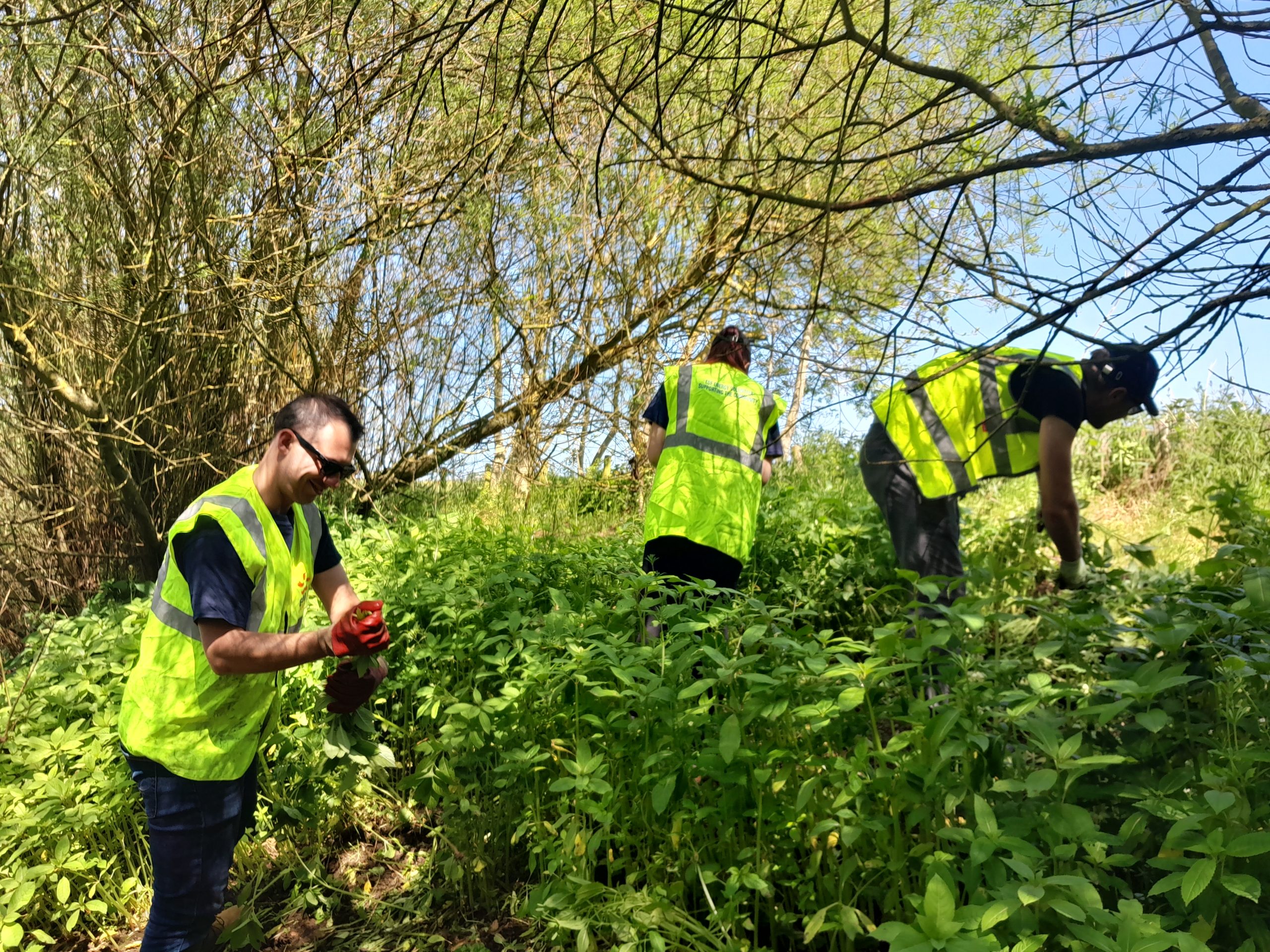
Balsam Bashing
We are working to manage invasive species across the Wear Catchment. A key species volunteers can help with is Himalayan Balsam. Throughout the spring and summer months, you can join us on Balsam Bashes from Weardale to the lower reaches of the Wear and its tributaries. You can also help us to better understand Himalayan Balsam distribution by carrying out walkover surveys.
Look out for opportunities from May–August
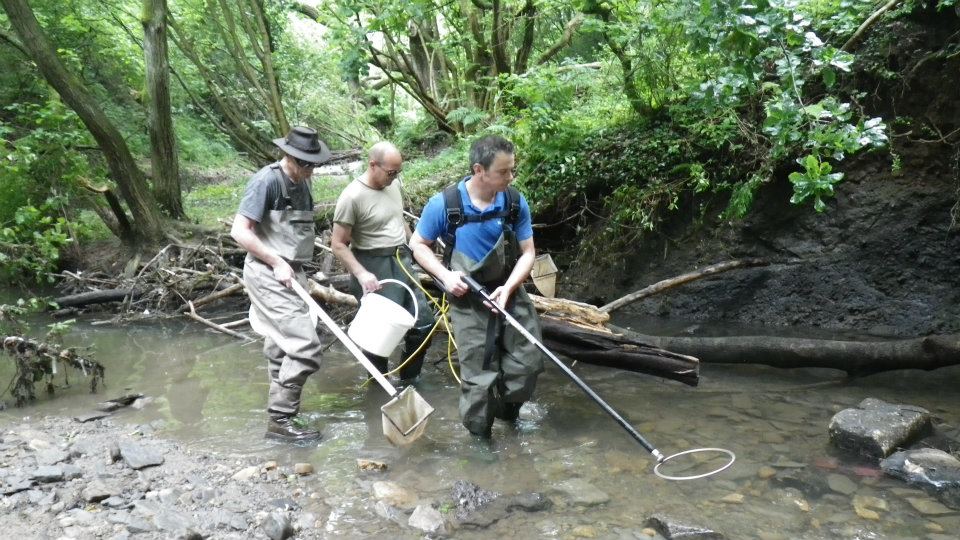
Electro fishing
Electro fishing allows us to understand fish populations across our catchment. This is especially important close to fish barriers, such as weirs and culverts. This informs us where our work can have the biggest impacts.
Look out for opportunities from July–October.
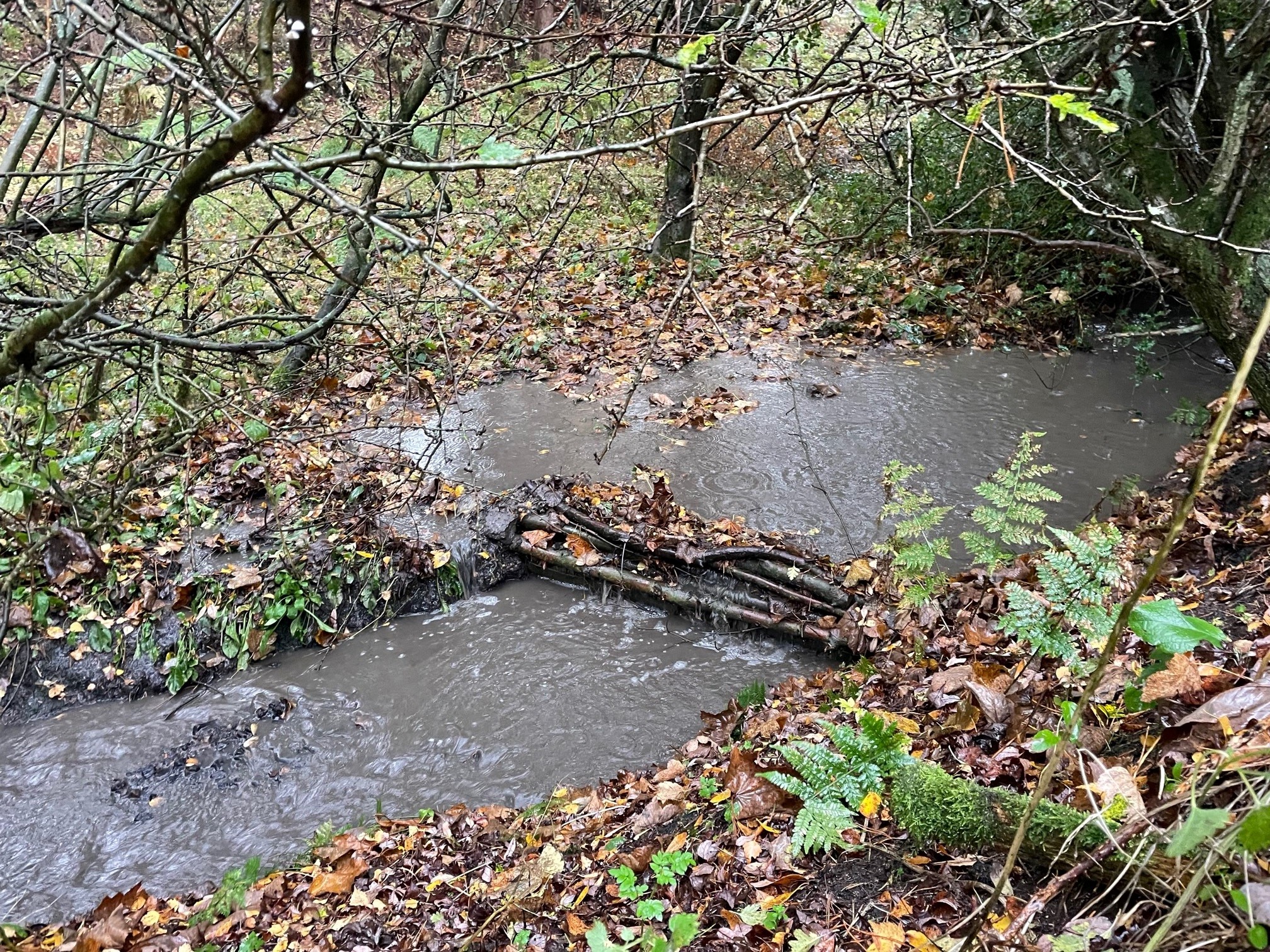
Natural Flood Management
We use natural processes to limit flood risk and safeguard communities. Our techniques include leaky dams, wetland creation, tree planting, and scrapes. These options increase the storage capacity of riparian land, helping to slow the flow whilst also creating valuable habitats that enhance biodiversity and capture carbon.
Look out for opportunities year round.
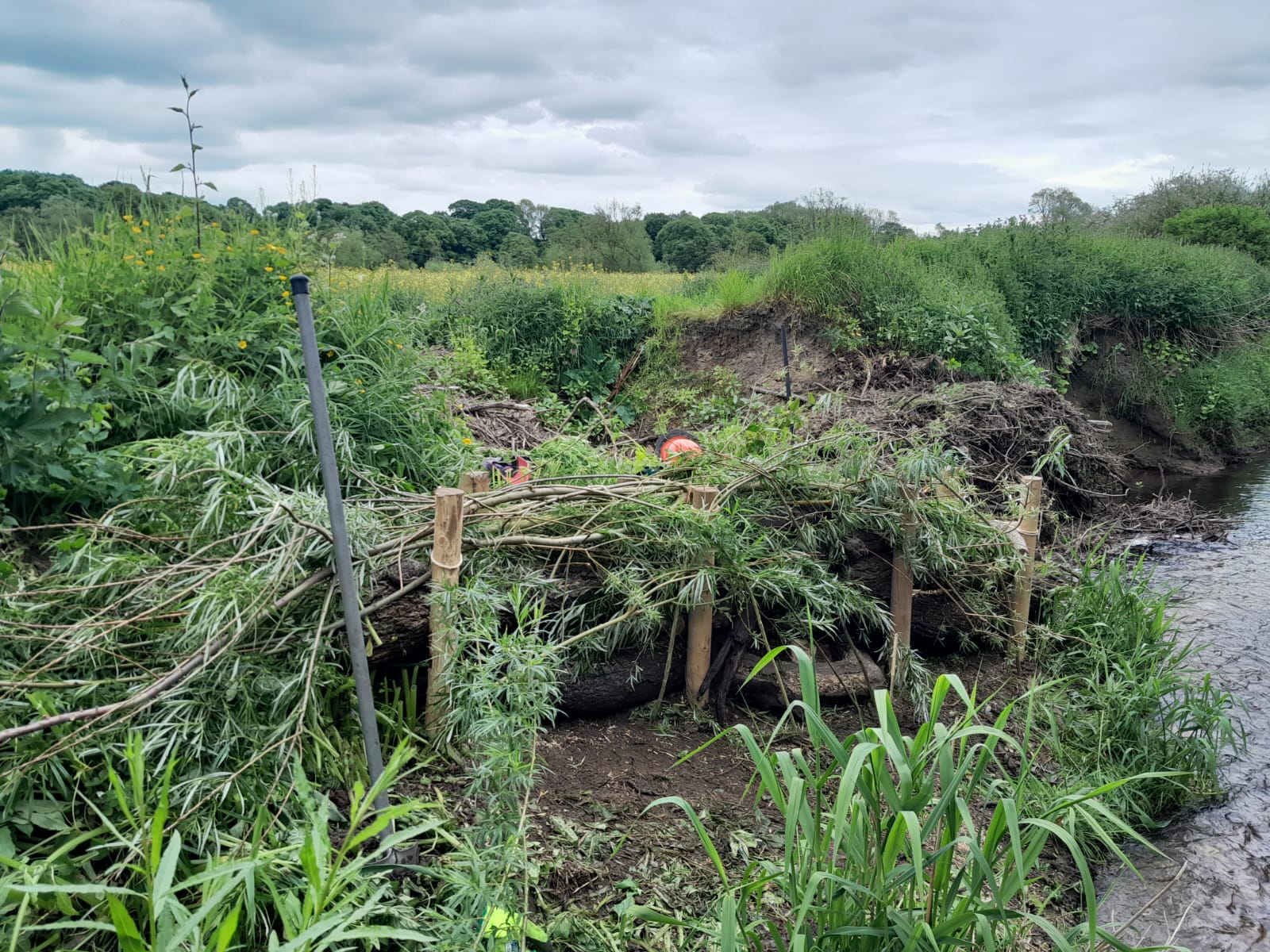
Erosion Repairs
We use green engineering to repair erosions throughout our catchment. This safeguards water quality and ensures footpaths remain accessible. This brings benefits to human wellbeing and boosts biodiversity.
Look out for opportunities year round.

